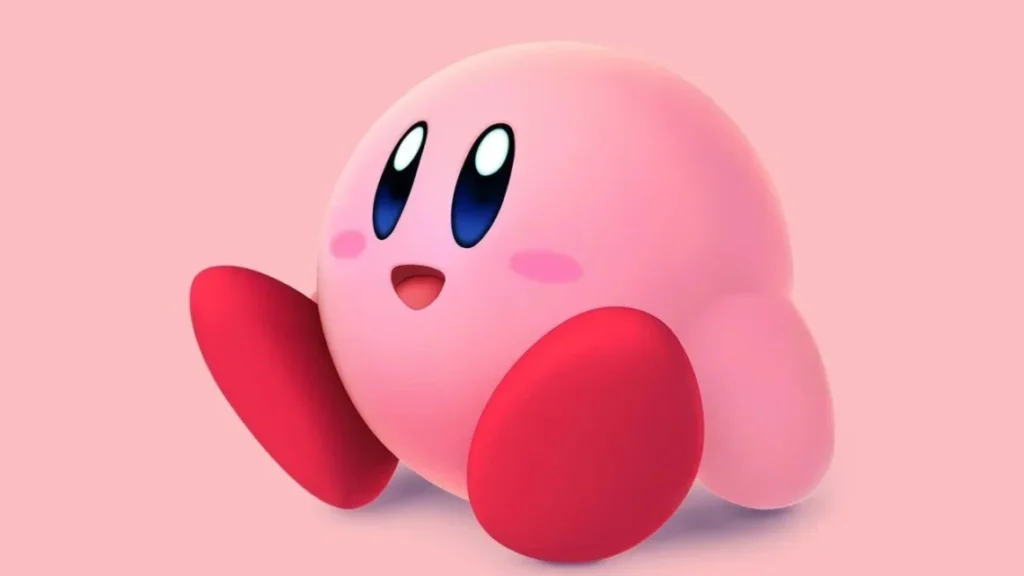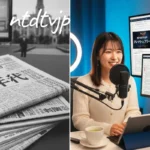Welcome to the fascinating world of Kirby Dedo, where creativity meets innovation. This term has been making waves across various artistic domains, sparking curiosity and inspiring countless creators. If you’ve ever wondered how a single concept can reshape industries, you’re in for a treat. From graphic design to music production, Kirby Dedo is proving that it’s not just a trend but a transformative force. Join us as we explore its origins, evolution, and undeniable impact on creative fields around the globe. Whether you’re an artist or simply curious about new trends, there’s something here for everyone!
History and Evolution of Kirby Dedo
Kirby Dedo emerged in the creative landscape as a response to evolving design needs. Its roots trace back to early digital art movements, where artists sought new ways to express complex ideas simply.
Over time, Kirby Dedo transformed from niche usage into mainstream acceptance. With advancements in technology, tools became more accessible. This allowed creatives across various disciplines to experiment and innovate.
The rise of social media further accelerated its popularity. Artists shared their works widely, inspiring others and creating a vibrant community around this unique style.
As trends changed, Kirby Dedo adapted seamlessly. It integrated elements from pop culture while retaining its distinctiveness. Now it stands not only as an artistic choice but also as a cultural phenomenon influencing generations of creators everywhere.
Impact on Graphic Design Industry
The introduction of Kirby Dedo has transformed the graphic design landscape. This innovative tool streamlines workflows, allowing designers to focus more on creativity rather than technicalities.
With its user-friendly interface and versatile features, it appeals to both seasoned professionals and newcomers alike. Designers can experiment with new styles without the steep learning curve typically associated with complex software.
Collaboration has also seen a boost due to Kirby Dedo’s integration capabilities. Teams can share their projects seamlessly, fostering an environment of innovation and creative exchange.
As trends evolve, this tool adapts quickly, enabling designers to stay ahead in a competitive market. The shift towards digital mediums is supported by Kirby Dedo’s robust functionalities designed specifically for contemporary needs.
This adaptability not only enhances individual projects but also elevates entire brands’ visual identities in an increasingly saturated industry.
Influence on Advertising and Marketing
Kirby Dedo has redefined the landscape of advertising and marketing. Its unique approach allows brands to connect with audiences in fresh, innovative ways.
Using Kirby Dedo techniques, advertisers craft compelling visuals that capture attention instantly. The interplay of colors and design elements creates a memorable experience for viewers.
Furthermore, this style can evoke strong emotional responses. Brands leverage these emotions to build loyalty and engage consumers more deeply.
The adaptability of Kirby Dedo makes it suitable for various platforms, from social media campaigns to traditional print ads. As trends evolve, so does its application in marketing strategies.
With an emphasis on creativity and originality, Kirby Dedo encourages marketers to think outside the box. This shift is not just beneficial; it’s essential in today’s competitive market where standing out is crucial.
Effect on Music and Film Production
Kirby Dedo has made ripples in the music and film production landscape. Its innovative approach encourages artists to experiment with soundscapes, pushing boundaries that were once thought insurmountable.
In music, producers leverage Kirby Dedo’s unique features to create immersive audio experiences. This tool allows for intricate layering of sounds, giving tracks a depth previously unseen in mainstream genres.
Filmmakers are not left behind either. Kirby Dedo empowers them to explore new narrative techniques through visual storytelling. The software’s capabilities enable seamless integration of various media formats, enriching the cinematic experience.
Collaboration is another significant benefit. Musicians and filmmakers can connect more easily using Kirby Dedo, fostering creative partnerships across disciplines that enhance both industries.
Its influence on these fields opens doors to fresh concepts while challenging conventional norms in artistry.
Benefits of Using Kirby Dedo for Creatives
Kirby Dedo offers a plethora of advantages for creatives across various disciplines. Its intuitive design tools streamline the creative process, allowing artists to focus on their vision rather than getting bogged down by technicalities.
One significant benefit is increased efficiency. The user-friendly interface enables rapid prototyping and iteration. Creatives can experiment with ideas quickly, leading to more innovative outcomes.
Collaboration becomes seamless with Kirby Dedo as well. Teams can easily share projects in real time, fostering an environment where creativity thrives through collective input.
Moreover, Kirby Dedo’s extensive library of resources serves as inspiration. Access to templates and pre-made elements helps spark new ideas and enhances overall productivity.
It caters to both seasoned professionals and novices alike, making it accessible for anyone looking to elevate their craft without overwhelming complexity. Its versatility truly makes it a valuable tool in any creative arsenal.
Criticisms and Challenges Faced by Kirby Dedo
Kirby Dedo, while celebrated for its innovative approach, does face a range of criticisms. Some argue that it simplifies complex creative processes. This reduction can lead to homogenized outputs in design and art.
Another concern is accessibility. Not all creatives have the same level of familiarity with Kirby Dedo’s tools or methods. This disparity can create barriers within communities that should thrive on collaboration.
Additionally, some industry professionals feel that reliance on Kirby Dedo may stifle originality. The ease of use might encourage shortcuts rather than deep exploration of concepts and techniques.
There’s a debate about sustainability. As more creators adopt this style, questions arise regarding its long-term relevance in an ever-evolving creative landscape. Balancing tradition with innovation remains an ongoing challenge for those influenced by Kirby Dedo’s approach.
Future Possibilities and Innovations of Kirby Dedo in Creative Fields
The future of Kirby Dedo in creative fields is brimming with potential. As technology advances, the integration of AI and machine learning could enhance its capabilities. Imagine personalized design experiences, where Kirby Dedo adapts to individual creative styles.
Augmented reality (AR) presents another exciting frontier. Artists might use Kirby Dedo to create immersive environments that engage audiences on a new level. This collaboration between digital art and physical spaces can redefine artistic expression.
Moreover, expanding accessibility through mobile applications will empower more creators. With user-friendly interfaces, even novices can harness the power of Kirby Dedo for their projects.
As sustainability becomes a priority, innovative techniques within Kirby Dedo could foster eco-friendly practices in design and production processes. The fusion of creativity with conscious choices may shape the industry’s future landscape significantly.
Conclusion
Kirby Dedo has carved a unique niche in the creative landscape. Its journey from inception to its current state showcases remarkable growth and adaptability. The influence of Kirby Dedo on graphic design is undeniable, offering designers innovative tools that enhance visual storytelling.
In advertising and marketing, Kirby Dedo acts as a bridge between brands and consumers. It transforms ideas into compelling visuals that resonate with audiences. The realms of music and film production have also embraced this tool, integrating it seamlessly into their workflows.
For creatives, the benefits of using Kirby Dedo are manifold. It fosters creativity while streamlining processes, making projects more efficient without sacrificing quality. However, like any emerging technology, it faces challenges and criticisms that must be addressed for continued growth.
As we look forward to what lies ahead for Kirby Dedo in creative fields, the potential for innovation remains vast. New features may emerge that further inspire artists across disciplines to push boundaries in ways we haven’t yet imagined. The future holds exciting possibilities for those willing to explore this dynamic tool within their creative endeavors.






